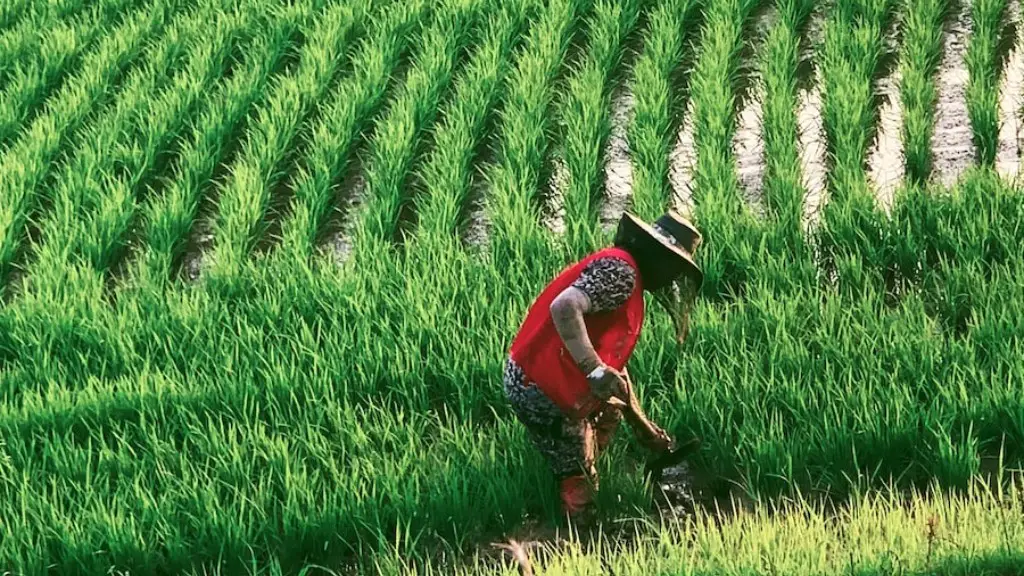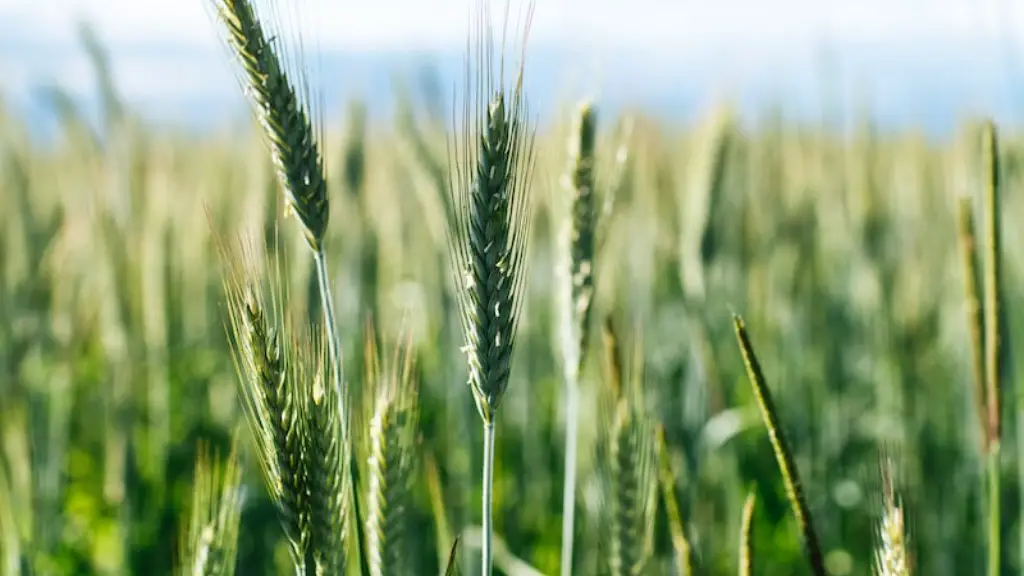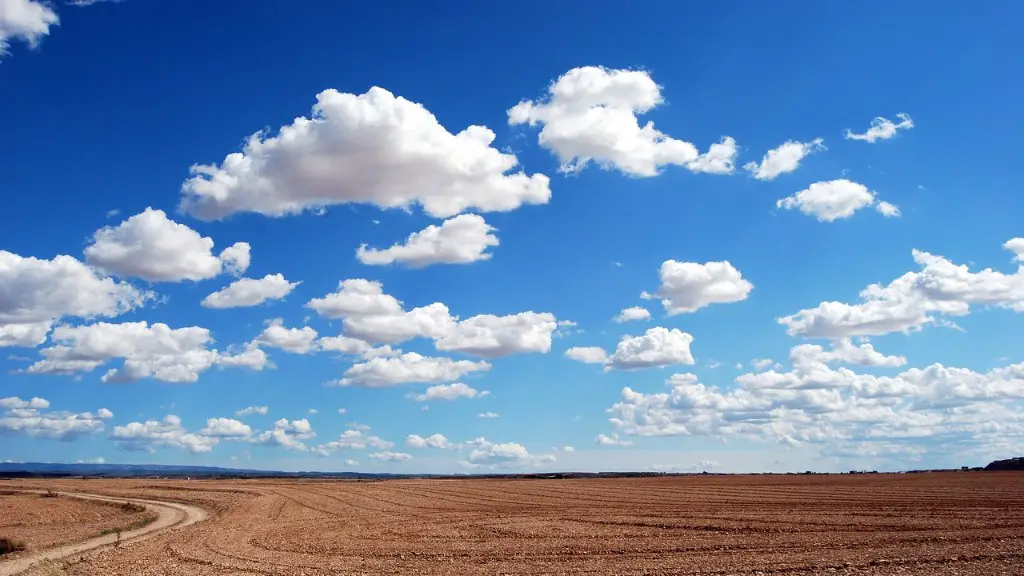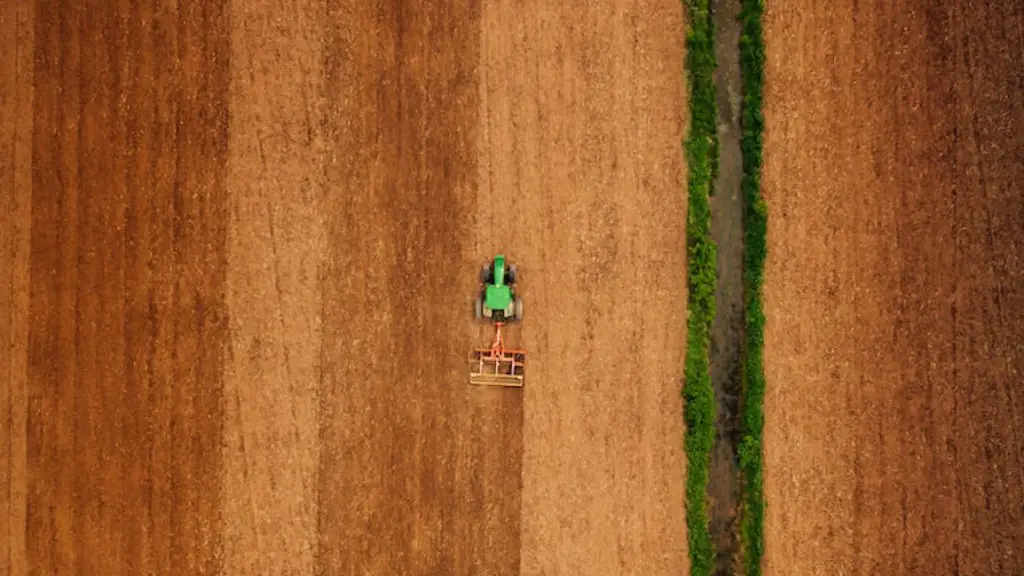As land becomes increasingly scarce, development pressure on agricultural land is growing. This often leads to the conversion of agricultural land to other uses, such as residential or commercial development. Urban sprawl can have a number of negative impacts on agriculture, including the loss of good farmland, the fragmentation of farmland, and the increased costs of farming.
Negative impacts of urban sprawl on agriculture are loss of farmland to development, water pollution from runoff containing pesticides and fertilizers, and increased soil erosion. Soil erosion occurs when farmland is converted to impermeable surfaces such as pavement and buildings. This increases the amount of rainwater that runs off the land instead of being absorbed, leading to increased flooding. Pesticides and fertilizers used on lawns and gardens can pollute water resources used by farmers, and the noise and light pollution from urban areas can disturb animals used for agriculture.
Why is urbanization bad for agriculture?
There is a lot of debate surrounding the issue of urban land uses competing for high-productive agricultural lands near settlements. Some people believe that urbanization may actually result in farmland contraction due to farmland abandonment. Farmland abandonment is when active fields cease to be cultivated, with or without vegetation recovery. This process can have a negative impact on the surrounding environment and local economy.
The development of prime land inevitably results in an incremental shift of more agricultural production onto marginal farmland, which requires more resources like water and artificial nutrients than does prime land. This, in turn, leads to a decrease in the overall quality of the land and a decrease in production.
What are the main impacts of urban sprawl
There is a strong link between poor water quality and negative health outcomes. diseases of the gastrointestinal tract, kidney disease, and cancer can all be caused by exposure to contaminated water. In addition to water pollution, sprawl also causes air pollution and deforestation, which can disrupt wildlife habitats. All of these environmental impacts can have serious consequences for human health.
Urban sprawl is a pattern of urban development in which land is used inefficiently, resulting in low-density development with a spread-out footprint. This often leads to increased traffic, air pollution, and a lack of affordable housing. In order to address these challenges, cities need to adopt more efficient land-use policies and encourage compact, mixed-use development.
What are some of the challenges of urban agriculture?
Urban farming is a difficult task because of the many challenges it faces. These challenges include resource scarcity, pollution, and accessibility. However, urban farming can be a great way to get fresh produce and help the environment.
Urban gardening is a great way to get fresh produce that supports a healthy lifestyle. Additionally, it promotes income production and small business expansion. Making fresh food more affordable is urban agriculture’s key benefit. Contamination is one of concerning Space-related problems Maintenance costs.
How does urban sprawl affect food production?
The projected decrease in food production would have a significant impact on the city’s food supply. The city would need to find alternative sources of food to meet its demand.
An area the size of Connecticut has been lost to urban development since 1982, and this loss of agricultural land is happening at an alarming rate of 175 acres per hour. This is a very serious issue as the land that is being lost is some of the most productive agricultural land in the country. This loss of farmland will have a significant impact on our food supply and our economy. We need to find a way to stop this loss of farmland and preserve our agricultural land for future generations.
How much farmland is being lost to urban sprawl every year
This is a huge problem for California, as agricultural land is a finite resource. Once it’s gone, it’s gone forever. The state needs to do something to protect this valuable resource, or else it will disappear altogether.
Urban sprawl has a negative impact on the social life of residents. A lack of public places such as parks and playgrounds limits the opportunities for residents to meet each other and interact. This can lead to social segregation, and the people living in these areas can become disengaged from the rest of the community.
What is the most negative impact of urban sprawl?
Urban sprawl is a growing problem in many parts of the world. It has many negative consequences for residents and the environment, including water and air pollution, increased traffic and traffic jams, increased car dependency, parking problems, and loss of green space.
There is a growing body of evidence that suggests that sprawl has negative impacts on both the environment and human health. These impacts include habitat fragmentation, water and air pollution, increased infrastructure costs, inequality, and social homogeneity. Ewing (1997) and Squires (2002) are two of the most well-known scholars who have identified these problems with sprawl.
What are 6 problems sprawl can cause
There are many negative consequences to urban sprawl, such as higher water and air pollution, increased traffic fatalities and jams, loss of agricultural capacity, increased car dependency, and more. While there may be some benefits to urban sprawl, such as creating local economic growth, the negatives far outweigh the positives.
Sprawl has multiple economic costs, including increased travel costs; decreased economic vitality of urban centers; loss of productive farm and timberland; loss of natural lands that support tourism and wildlife related industries (worth $7 billion/year in Pennsylvania alone); increased tax burdens due to more
There is no one answer to this question – the economic costs of sprawl depend on the specific situation. However, some general costs that have been identified include increased travel costs (due to the need to travel further distances), decreased economic vitality of urban centers (due to businesses moving to suburban areas), loss of productive farm and timberland (due to development), and increased tax burdens.
What are the four main causes of urban sprawl?
There are nine important causes of sprawl that the author outlines. These include the rent gradient, demographic changes, growing affluence, car ownership, different levels of government services in suburbs and cities, racial discrimination, land assembly issues, federal income tax policy, and land use regulations.
Each of these causes can contribute to sprawl in different ways. For example, the rent gradient refers to the fact that rents are typically lower in suburban areas than in urban areas. This can lead to people moving to the suburbs in search of cheaper rent, which in turn can lead to sprawl.
Demographic changes can also lead to sprawl. For example, if there is a growing population, this can lead to increased demand for housing. This increased demand can lead to sprawl as people search for places to live that are affordable and accessible.
Affluence can also lead to sprawl. As people become more affluent, they often have the means to buy cars and move to suburban areas. This can lead to sprawl as people search for places to live that are more spacious and have more amenities.
Each of these causes can contribute to sprawl in different ways. Sprawl is a complex issue with many causes. It is important to understand the
Poor access to reliable and timely market information for the farmers, absence of supply & demand forecasting, poorly structured and inefficient supply chains, inadequate cold storage facilities and shortage of proper food processing units, large intermediation between the farmers and the consumers are some of the major challenges faced by the Indian food processing industry. The industry is also hampered by high production costs, lack of technological advancements and skilled labour.
Final Words
The sprawling development of cities and towns can have a major impact on the surrounding farmland. The loss of farmland to development puts a strain on the farmers who remain and can lead to the problems of soil erosion and water pollution.
While there are many negative effects of urban sprawl on agriculture, one of the most significant is the loss of farmland. As development encroaches on agricultural land, farmers are forced to move their operations further away from urban areas, which can result in higher transportation costs and a loss of customers. In addition, urban sprawl can lead to the loss of important agricultural resources, such as water and topsoil, as well as the loss of wildlife habitat.





